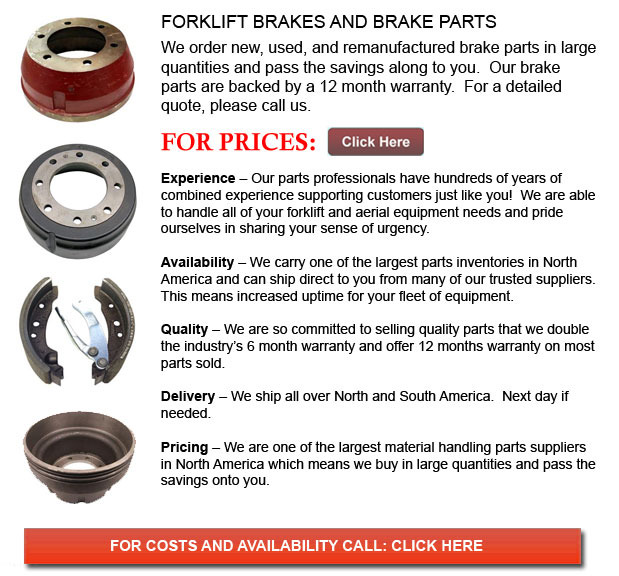
Forklift Brakes - A brake drum is where the friction is provided by the brake pads or brake shoes. The pads or shoes press up against the rotating brake drum. There are several various brake drums types with particular specific differences. A "break drum" would normally refer to if either shoes or pads press onto the interior outside of the drum. A "clasp brake" is the term used to be able to describe if shoes press against the exterior of the drum. One more kind of brake, known as a "band brake" makes use of a flexible band or belt to wrap all-around the exterior of the drum. If the drum is pinched in between two shoes, it could be called a "pinch brake drum." Similar to a conventional disc brake, these types of brakes are rather rare.
Before the year 1995, early brake drums required consistent modification regularly to be able to compensate for drum and shoe wear. "Low pedal" or long brake pedal travel is the hazardous end result if adjustments are not carried out satisfactorily. The vehicle can become hazardous and the brakes could become ineffective whenever low pedal is mixed together with brake fade.
There are various Self Adjusting Brake Systems available, and they could be categorized within two major types, RAI and RAD. RAI systems have in-built devices that prevent the systems to be able to recover whenever the brake is overheating. The most popular RAI makers are Lucas, Bosch, AP and Bendix. The most famous RAD systems include AP, Bendix, Ford recovery systems and Volkswagen, VAG.
Self-adjusting brakes usually utilize a device which engages only whenever the vehicle is being stopped from reverse motion. This stopping method is acceptable for use where all wheels utilize brake drums. The majority of vehicles today utilize disc brakes on the front wheels. By functioning only in reverse it is less probable that the brakes would be adjusted while hot and the brake drums are expanded. If tweaked while hot, "dragging brakes" can happen, which raises fuel intake and accelerates wear. A ratchet tool that becomes engaged as the hand brake is set is one more way the self adjusting brakes could operate. This means is just suitable in functions where rear brake drums are utilized. Whenever the emergency or parking brake actuator lever goes over a particular amount of travel, the ratchet improvements an adjuster screw and the brake shoes move in the direction of the drum.
Situated at the base of the drum sits the manual adjustment knob. It could be adjusted using the hole on the other side of the wheel. You will have to go beneath the vehicle with a flathead screwdriver. It is really important to adjust each wheel equally and to be able to move the click wheel correctly in view of the fact that an unequal adjustment could pull the vehicle one side during heavy braking. The most efficient way to be able to guarantee this tiresome job is accomplished safely is to either lift every wheel off the ground and spin it by hand while measuring how much force it takes and feeling if the shoes are dragging, or give every\each and every one the same amount of manual clicks and then perform a road test.
![]() Click to Download the pdf
Click to Download the pdf
Forklift Parts
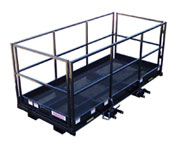
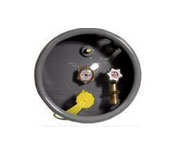
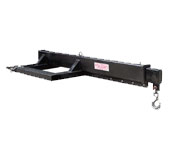
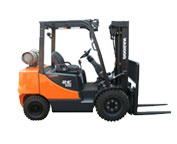
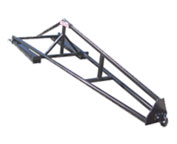
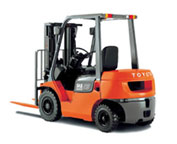
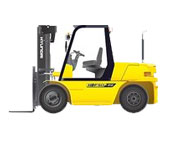
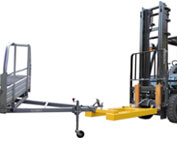
Lift Parts Express
TOLL FREE: 1-888-695-7994
Superior, Wisconsin
forkliftpartssuperior.com
Email Us
About Us


